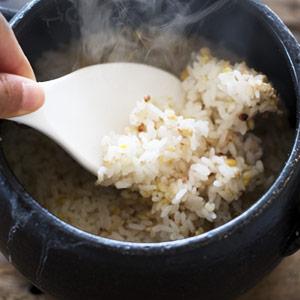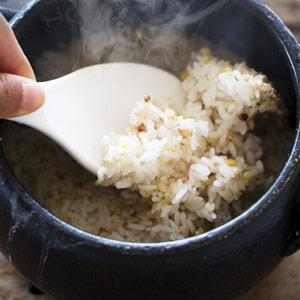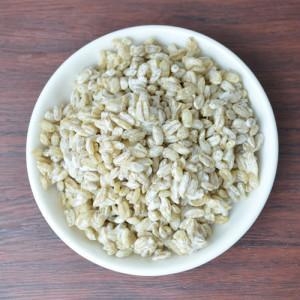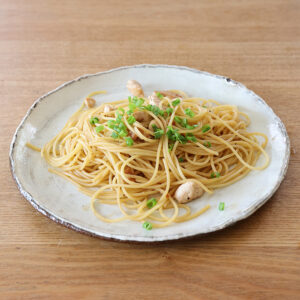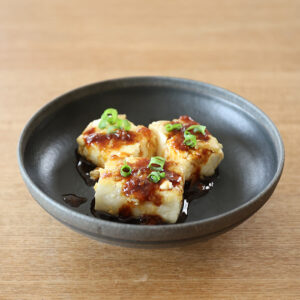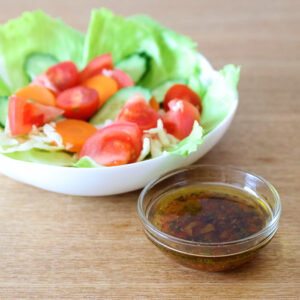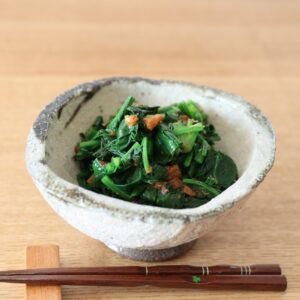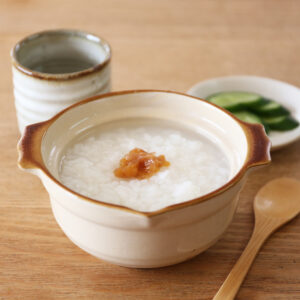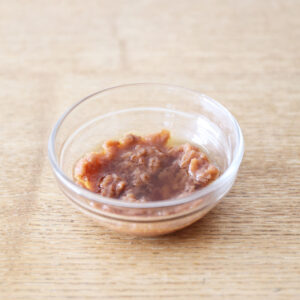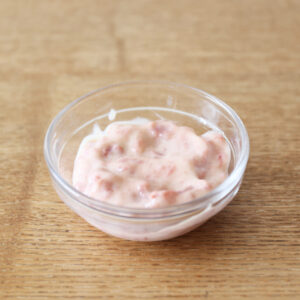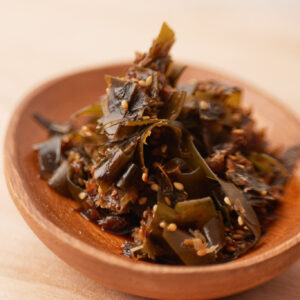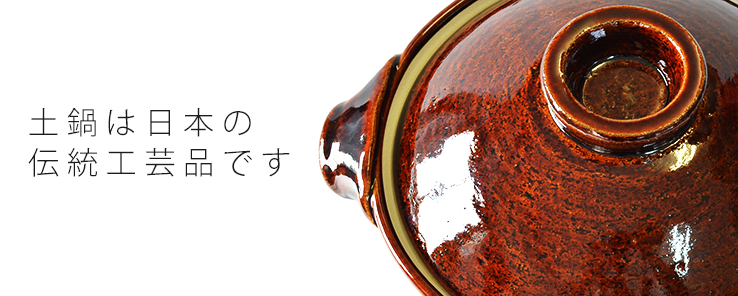
Donabe (earthenware pot) is a Japanese traditional craft. There are Various type of donabe are appearing such as;
The standard donabe that used for hot pot dishes,
Donabe rice cooker which exclusively made to cook rice, and
Special-designed donabe which compatible with IH.
In this article, we will introduce how to cook rice with donabe, the various types of donabe and how-to maintain the donabe after use.
 Content List
Content List
- Cook Rice with Donabe
- Various Type of Donabe
- 1.Iga-yaki Donabe
- 2.Banko-yaki Donabe
- 3.Ceramic Donabe that’s compatible with IH (Induction Heating)
- 4.Donabe Rice Cooker
- Is It Okay to Use IH Donabe with Direct Heat?
- How to Cook White Rice with Donabe
- How to Cook Brown Rice with Donabe
- How to Cook white rice with Donabe Rice Cooker
- How to Cook Brown Rice with Donabe Rice Cooker
- How to Use Donabe for Beginner
- Recommended Donabe Products
Cook Rice with Donabe
In general, donabe is an earthenware pot made from clay with properties ideal for operating at high temperatures. Earthenware pot itself has been used since stone age.
In Japan, it’s famous with the Jomon-doki (Jomon pottery) which was made during the Jomon period in Japan.
Lately, people who cooks rice with donabe at home are increasing.
A Secret of Delicious Rice Made with Donabe
Donabe contains components that radiate far infrared rays, so the ingredients boiled inside the pot can be cooked deliciously from the core.
It is said that lately donabe attracting a lot of attention to the point that the recipe books of the food that using donabe are sold with great number.
It also has a high level of heat insulation, so it can keep the warmness, which will keep the delicious taste of your food even after some time passes.
In addition, the dishes that served with donabe will looks delicious.
The food cooked or served in donabe will appeal to the brain that it looks delicious.
The image leaping over the scientific evidence, and as mentioned above, it makes us think that the dish cooked or served in donabe taste delicious.
In order to enjoy more delicious pot dish, choosing your favourite design is an important aspect for picking a donabe.
How to Use Donabe?
If someone says about donabe, the first thing that comes to your mind most likely will be a stewed dish such as nabe or kimchi nabe.
Of course, these are the cuisine that made using donabe, but you can also cook other dishes like rice, rice cookies, steamed dishes, and such.
In this article we would like to introduce you some various ways to use donabe, also with the cooking methods and recipe.
Various Type of Donabe
The type of donabe is divided according to the soil that is used to make it and the function (the way how you use it).
Because there is various type of donabe, there is also different way to take care of it depending on the type.
We will introduce the variety of the donabe by using donabe which available at Kawashima The Japan Store for example.
#1: Igayaki Donabe
Iga-yaki (Iga ware) is a style of Japanese traditional pottery produced in Iga City, Mie Prefecture.
It has a special pattern and texture of coarse soil, also with astringent colour. Even among the other donabe, the Iga-yaki donabe has an appearance of being more of natural pot. The donabe will look attractive if you put it on the table.
Iga-yaki donabe is slightly weak against water.
Compared to other pottery, there are also many things necessary to take care of.
But as we think it’s a special charm of Iga-yaki donabe, so it’s definitely worth your time and effort to take care of it.
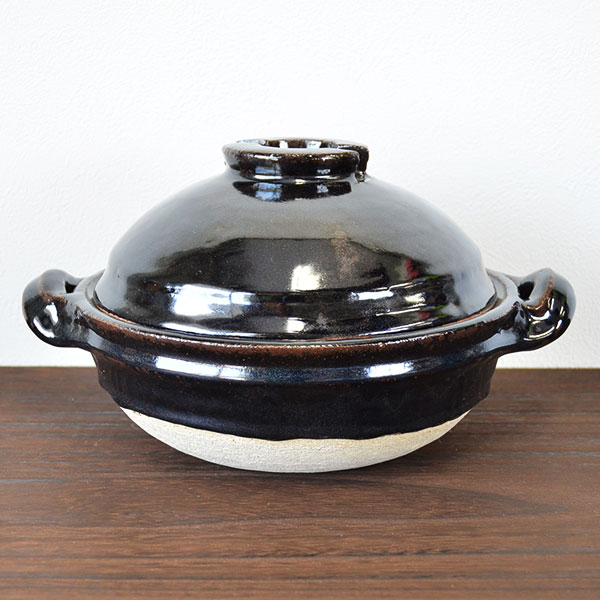
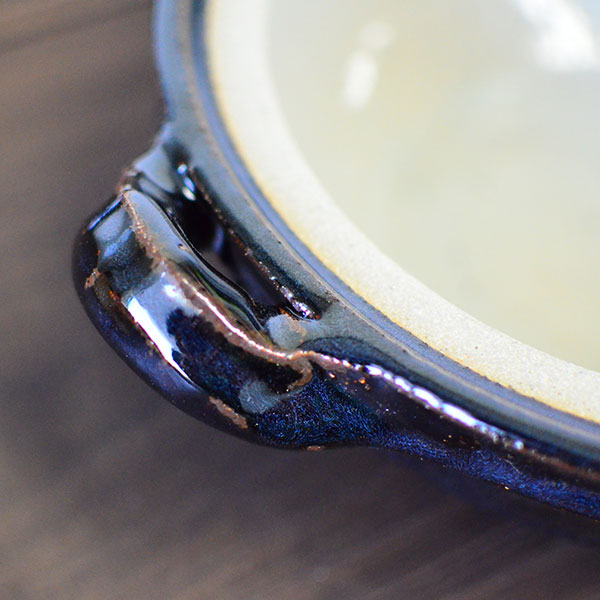
#2: Banko-yaki Donabe
With a lot of market share in Japan, Banko-yaki (Banko ware) is a type of Japanese pottery traditionally produced in from Yokkaichi City, Mie Prefecture. It is a famous pottery that is designated as traditional crafts of the country alongside the Iga-yaki.
Because it uses fine soil, the surface is sleek and simple, it also has many designs.
Also, it is characterized by strong and durable against fire because the mineral called petalite is kneaded to the soil. Even if you cook something strong with strong odour with the donabe, you don’t have to worry about odour transfer, because the donabe will not get smelly.
Banko-yaki donabe is recommended for those who are concerned about the odour transfer problem, and for those who are looking for a simple and beautiful donabe.
※Petalite is a natural mineral characterized by glossy finish like glass. Not only for donabe, it also can be used for rice bowl, tea cup or plate. Because it is a natural mineral, even if it is get heated, you don’t need to worry whether it will affect your body.
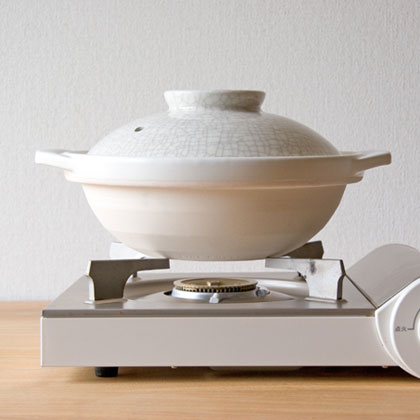
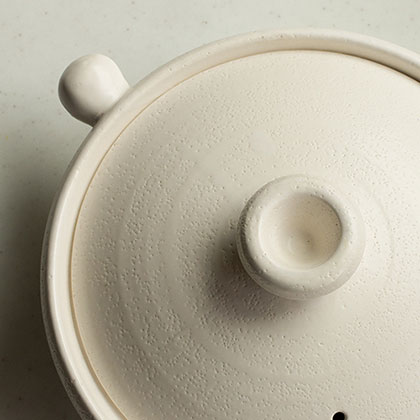
#3: Ceramic Donabe that’s compatible with IH (Induction Heating)
Compared to Iga-yaki donabe and Banko-yaki donabe, ceramic donabe has many vivid designs.
Because it uses fine soil, it has special feature that prevent odour transfer. So you don’t have to worry about odour transfer, even if you cook strong scented ingredients.
You can keep your donabe in a good shape with a method called medome. Medome is a method to let the Japanese pottery ware soak proteins from starch or flour to close the small holes and crackles.
Since there are almost no cracks or holes in the donabe, we don’t need to do the medome methods. It’s very attractive because it’s very easy to clean and maintain.
Lately, because the electric based cookware increased, there’s also many donabe that compatible with IH (Induction Heating).
Even though there’s ceramic donabe that isn’t compatible with the IH function, but there’s also another method, such as adding a porcelain panel as a medium. With this, you can use it easily with latest kitchen technology.
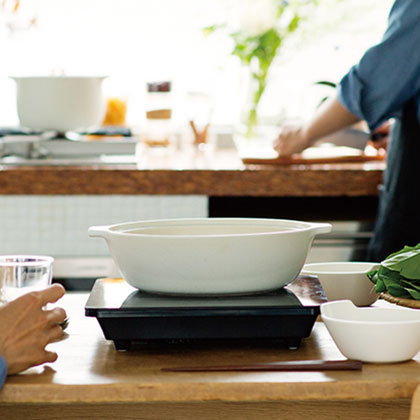
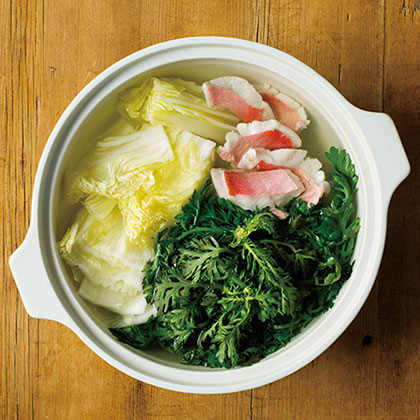
#4: Donabe Rice Cooker
Donabe rice cooker is a donabe that made exclusively for cooking rice.
You can cook a plump and smooth textured rice.
Donabe rice cooker often comes in a double lid, it has a shape that makes it hard to spill during the processing.
Because it can be used for steamed dishes as well, it’s better for you to listen to the explanation well and read the instruction carefully before you buy the donabe rice cooker.
Also, donabe rice cooker is recommended for those who like okoge (burnt rice), because it is easy to have the okoge in donabe rice cooker, which you can’t found in the usual rice cooker.
There is a lot of donabe that made by traditional manufacturing method compared to the donabe rice cooker that is compatible with IH.
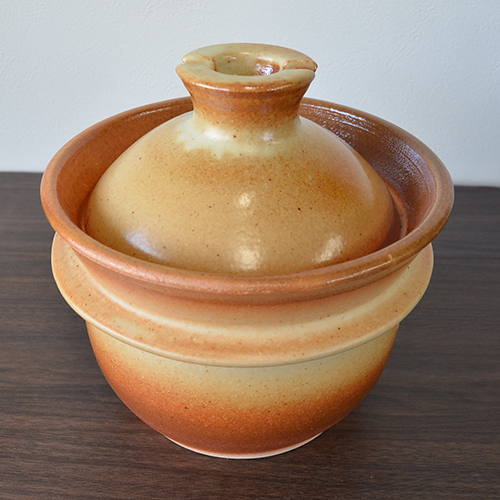
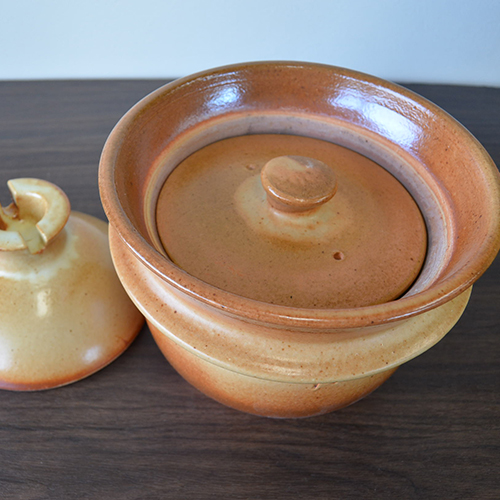
Is It Okay to Use IH Donabe with Direct Heat?
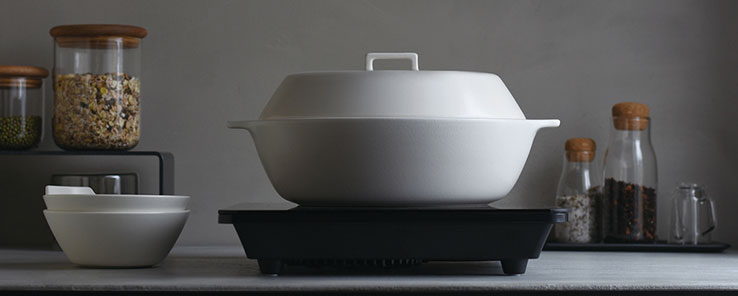
Basically, IH is a direct fire.
There’s a lot of donabe that is compatible with IH.
We never really hear a problem about the donabe being incompatible with the IH after used with direct fire.
If you are worried, we recommend you to read the product instructions or contact the manufacturer.
Is it possible to make the non-compatible IH donabe to become the compatible one?
Basically, it is possible.
Since IH responds to magnetic force which causes heat, IH plates for donabe based on the principle are on sale.
The plate surely reacts to the IH to generate the heat, but actually it reacts only to some point of the plate, so there’s a disadvantage that the heat source may be small, makes it hard even just to boil water.
That’s why we recommend you to purchase the donabe that is compatible with IH.
How to Cook White Rice with Donabe
In this section, we will show you the way to cook white rice with donabe.
※ We will explain about how to cook with donabe rice cooker later.
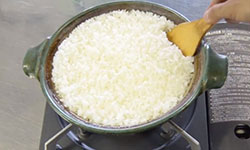
Cooking White Rice with Donabe
Ingredients
- 360 cc White Rice
- 400~450 ml Water
Instructions
- Wash the grain of rice thoroughly, until the water becomes clear.
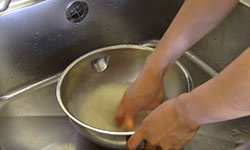
- Immerse the grain of rice with water. Let it be for 30 minutes (in summer) or 1 hour (in winter). After you done immersing it, drain it using the draining basket.
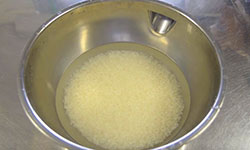
- Put the rice in the pot and set the medium heat. Simmer it for about 10 minutes.
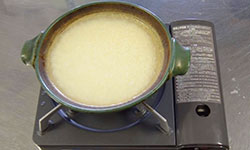
- You can start to boil the rice after confirmed the simmering progress. Continue to boil it for 15 minutes with low heat.
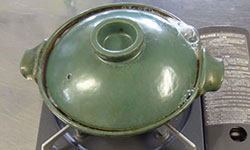
- After you steam it for 15 minutes, the donabe white rice is ready to serve.

There is also a video about the way to cook white rice using the donabe
Kawashima the Japanstore website provides a video for you to learn about how to cook white rice using the donabe.
Although the donabe white rice considered to be difficult to cook, actually it can be cooked relatively easily. Please check it out!
How to Cook Brown Rice with Donabe
Although the brown rice considered to be difficult to cook, actually it can be cooked relatively easily. In this section, we will show you how to cook brown rice with a donabe.
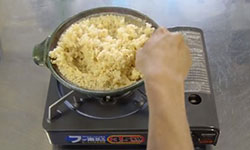
Cooking Brown Rice with Donabe
Ingredients
- 360 cc Genmai/Brown Rice
- 500 ml Water
- ½ teaspoon salt
Instructions
- Wash the grain of rice thoroughly, until the water becomes clear.
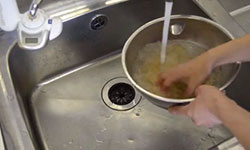
- Immerse the grain of rice with water. Let it be for 6-7 hours. After you done immersing it, drain it using the draining basket.
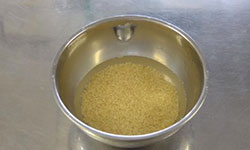
- Put the rice in the donabe, add water and salt. Stir lightly over medium heat. Continue to heat it with medium heat until it boils.
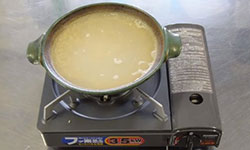
- You can start to boil the rice after confirmed the simmering progress. Continue to boil it for 30 minutes with low heat.
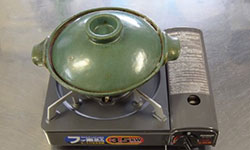
- After you boiled it for 30 minutes, steam the rice for 10 minutes, the donabe brown rice is ready to serve.

There is also a video about the way to cook brown rice using the donabe
Kawashima the Japanstore website provides a video for you to learn about how to cook brown rice using the donabe.
Although the donabe white rice considered to be difficult to cook, actually it can be cooked relatively easily. Please check it out!
How to Cook white rice with Donabe Rice Cooker
Recently, people who cook rice using donabe rice cooker are increasing. Because by using donabe rice cooker, they can eat delicious rice, with the taste that they can’t get with regular rice cooker.
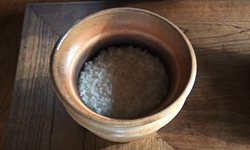
Cooking White Rice with Donabe Rice Cooker
Ingredients
- 540 cc White Rice Grains
- 630 cc Water
Instructions
- Mix 540cc of rice grains with 630cc of water in the donabe.
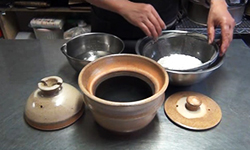
- Please close it in order of inner lid → outer lid. Set the hole of the inner lid in the direction of the handle and the hole of the outer lid to be vertical to the handle.
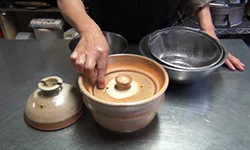
- Please apply high heat to the donabe. You can also use portable gas stove. Please note that you can’t use IH heaters, halogen stoves, etc.
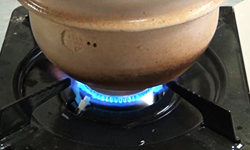
- Steam the Rice. When you steam the rice, it should start puffing a couple of minutes before the rice is fully cooked. The steam liquid will rise to the edge of the donabe. When it happened, stop the fire immediately.
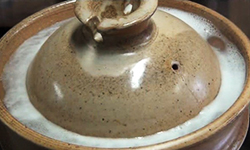
- Steam the rice for 20 minutes after stopping the fire. The steam liquid will gradually evaporate to the donabe pot. Please refrain yourself from opening the lid.
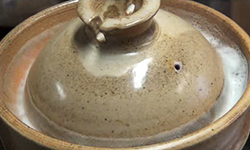
- After 20 minutes has passed, lift the donabe pot from the stove and it’s done. Both inner lid and outer lid will be hot, so you have to be carefully remove it using potholder or oven gloves.

- Move the rice into your rice bowl and enjoy it!
Notes
How to Cook Brown Rice with Donabe Rice Cooker
Compared to white rice, brown rice contains more vitamins, minerals, and dietary fiber.
Not only contains more nutrients, brown rice also has the flavour that we can’t find in white rice.
Although the brown rice considered to be difficult to cook, with the donabe rice cooker that recommended by Kawashima The Japanstore, actually it can be cooked relatively easily.
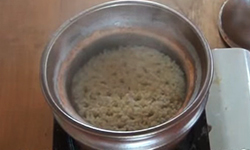
Cooking Brown Rice with Donabe Rice Cooker
Ingredients
- 180 cc Genmai/Brown Rice Grains
- 360 cc Water
Instructions
- Wash the 180cc brown rice grains two or three times. Don’t wash it inside the donabe rice cooker.
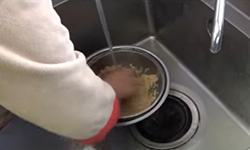
- If you’re done washing the brown rice grains, put the rice grains into the donabe and mix with 360cc of water.
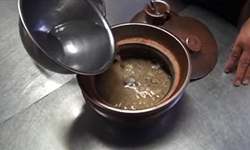
- Set the inner lid and outer lid. Set the hole of the inner lid in the direction of the handle and the hole of the outer lid to be vertical to the handle.
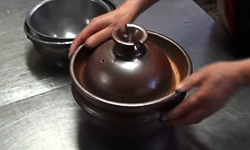
- Without doing the water absorption process, cook it with low heat. Make sure to keep the low heat so it’s not get full boiled. Do this process for 35 minutes.
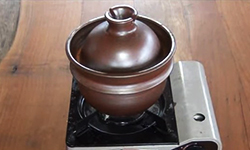
- After 35 minutes has passed, set the fire to high heat. Cook it with high heat until you can see the puffing.
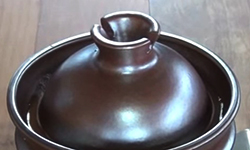
- Set the fire back to low heat when you notice the puffing. Continue to cook it with low heat for about 35 minutes.
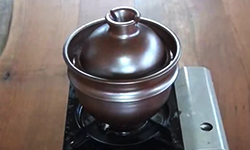
- After 35 minutes has passed, stop the fire. Without opening the lids, steam the brown rice for 15 minutes and then the brown rice will be ready to serve.

Notes
About the brown rice soaking process
Normally when brown rice is cooked with a pot or rice cooker, it is necessary to immerse the brown rice in water and submerge it for about 6 to 7 hours.
However, if you are using the donabe rice cooker manufactured by Yama no Kobomura, you can start the cooking process immediately without soaking the rice in the water.
This brown rice cook recipe is the recipe for using a rice cooker only, so if you use a pot or regular rice cooker, please don’t skip the soaking process.How to Use Donabe for Beginner
Earthenware pot is a very user-friendly kitchenware, but you need a little trick to take care of it.
In this section, we will explain the ‘medome’ method to help you taking care of your donabe.
What is medome method?
Donabe often naturally got a small crack. Before you start using the donabe, we will show you the medome method as a way to handle those small cracks. Medome method can prevent cracking and odour transfer, as well as helping you to keep your donabe for a long time.
Let’s check how to do the medome method!
What will you need:
・Water
・Wheat flour
The amount of wheat flour is about 10% compared to water.
-
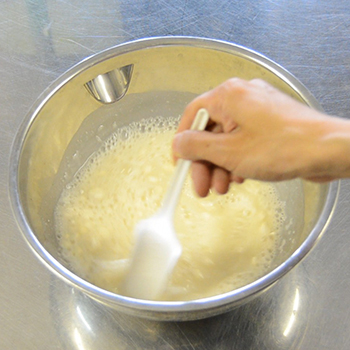
STEP 1 Mix the wheat flour and water
Dissolve the wheat flour in water. Mix it well until the wheat flour completely dissolved.
-
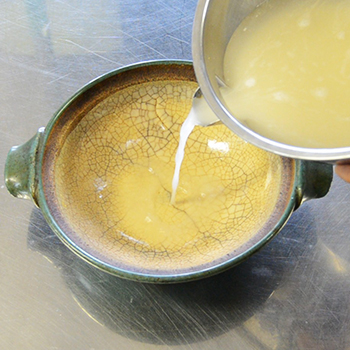
STEP 2 Pour the mixture into the donabe
Pour the mixture into the donabe. Leave it there for about 8 minutes and boil it. Please watch it carefully because there is a possibility that the mixture will be spilled out from the pot.
-
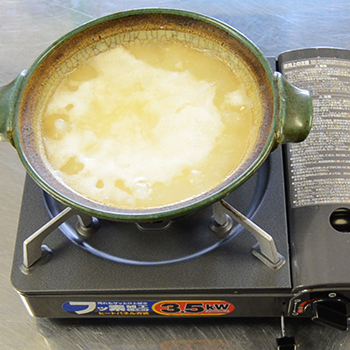
STEP 3 Heat the donabe
Warm up the donabe with low heat. Turn off the heat when the mixture got boiled up. Cool down the donabe.
-
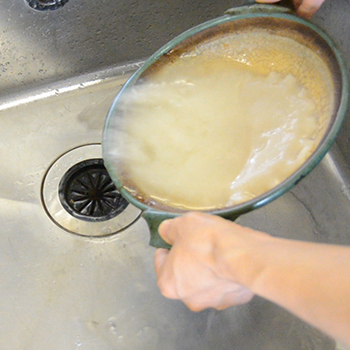
STEP 4 Discards the mixture and dry
After the donabe is all cooled down, throw away the mixture and wash it. Rinse it with water and dry the donabe. The medome method is done.
※ If there’s remaining moisture, it’s best to dry the donabe under the sun to avoid mold.
Video about how to do medome method
There is also a video about how to do medome method. Kawashima the Japanstore website provides a video for you to learn about how to do the medome method properly because it is an important process to take care of.
Other article of this “Exploring Donabe” series:
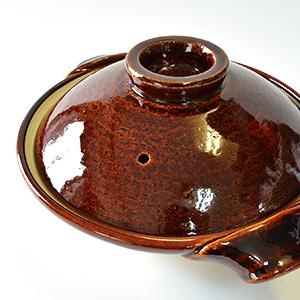
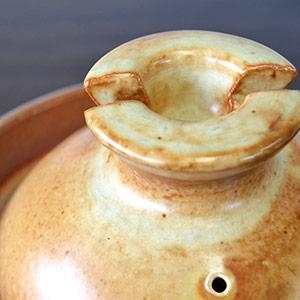
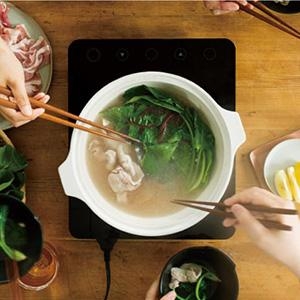
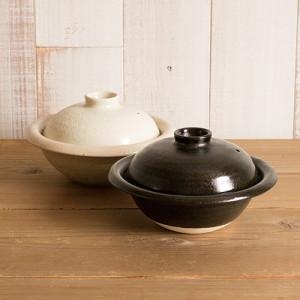
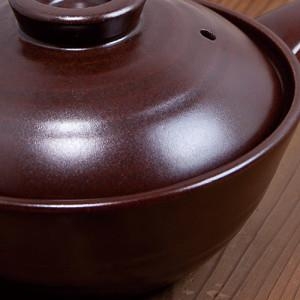
Recommended Product for Donabe Rice Cooker

